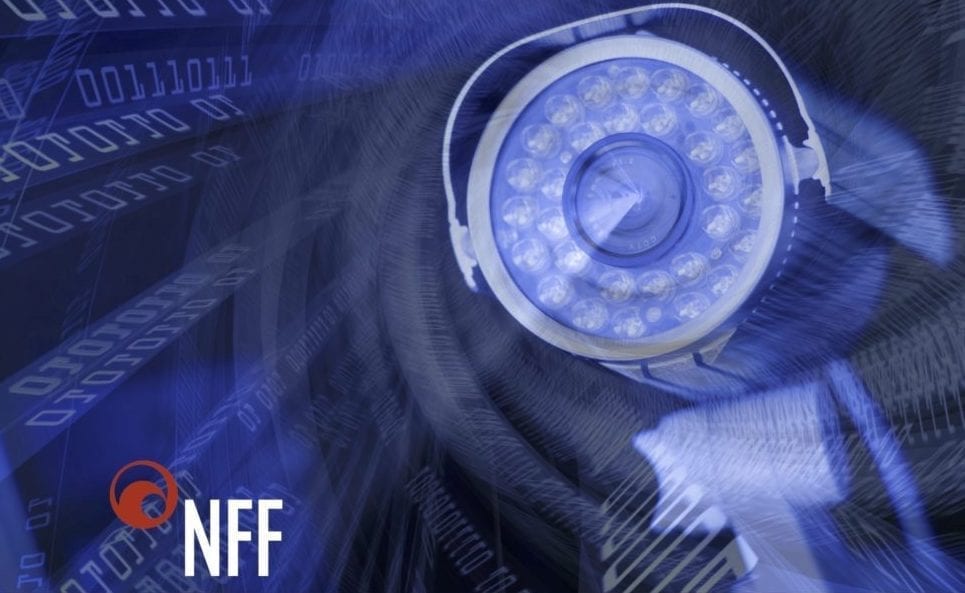An innovative approach to improving retention, availability, and expand analytic capabilities.
Evolving from Reactive to Proactive
One of the major challenges most security professionals face today in light of recent high-profile emergency events such as the Boston Marathon bombing and the DC Navy Yard shooting is the capability for real or near-time analytic and forensics actions on surveillance video and data, retrieved, or collected from various sources and systems. Most installed surveillance solutions, lack useful analytic capabilities which are important to allowing proactive and preventive actions to be taken on
suspicious events.
For events of interest, collection of surveillance data from multiple sources is critical for complete analysis of the situation. The need for automated, near-time forensics capabilities of the surveillance videos and data, retrieved or collected from various sources, is crucial. To support this analytic capability, the concern arises around availability, retention, and access capabilities of different sources of surveillance videos.
Existing Landscapes
Large commercial, educational, and government entities have numerous departments with video surveillance needs. Many of these departments have existing legacy point solution systems in place, which remain isolated to a specific function. Larger departments may have multiple solutions supported based on individual needs and deployment timeframes. Each organization may have different controls on retention time requirements or needs of the surveillance data. Additionally, each deployed solution will have different retention capabilities based on the design and capacity at each tier of the specific video surveillance system (VSS).
Many organizations lack the ability to access a centralized video repository for all video surveillance sources— add to that the fact that only 3 percent of potentially useful data is tagged and therefore are unable to leverage automated and preventive analytic capabilities across their entire surveillance landscape. Most of the video traffic of interest for these disparate, departmental surveillance systems will transverse an accessible network either via IP enabled endpoints, encoders, or Network Video Recorder (NVR) systems. As video analytics evolve, so does the industry-wide standardization effort, to ensure reliability and interoperability among components of a total video system as well as enabling video analytics to more easily and consistently integrate with video management systems and physical security software platforms through standard interfaces.
View the PDF below to read more.
